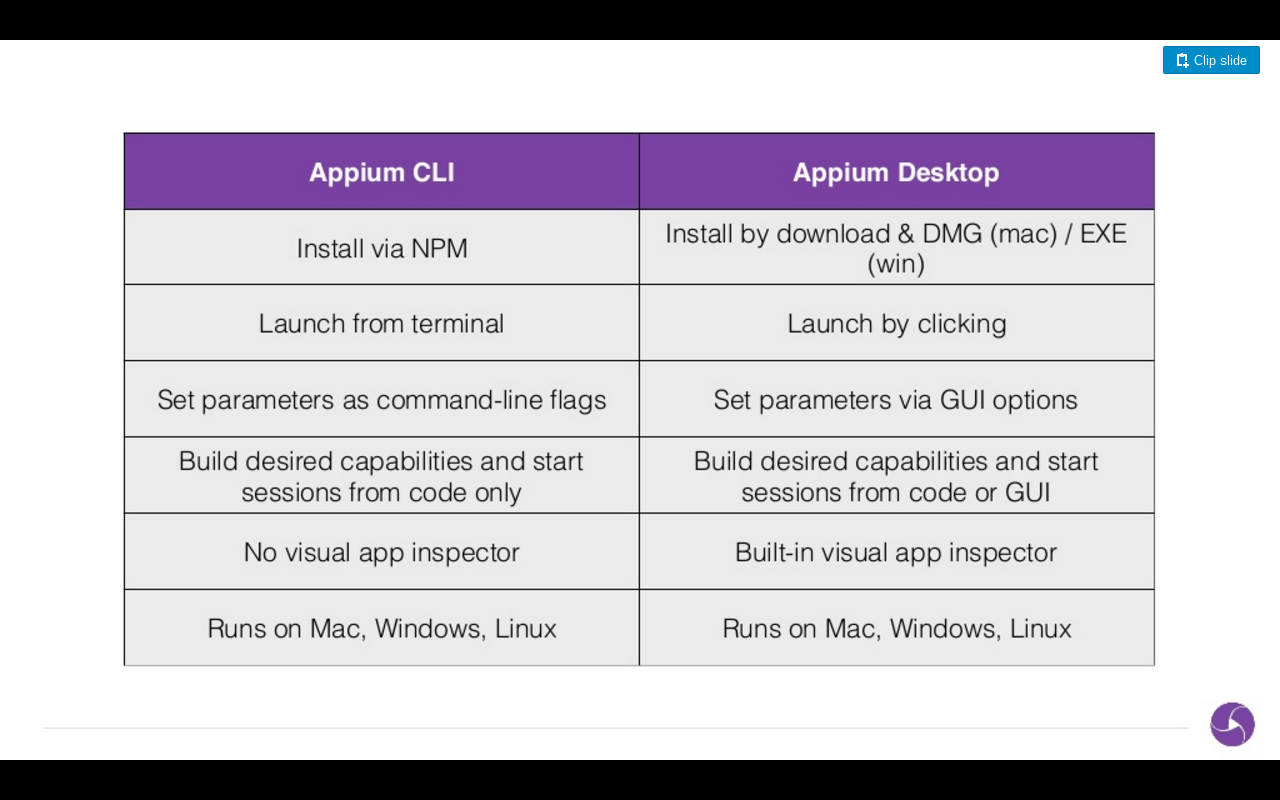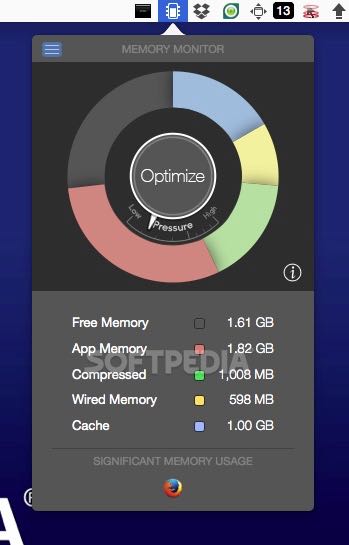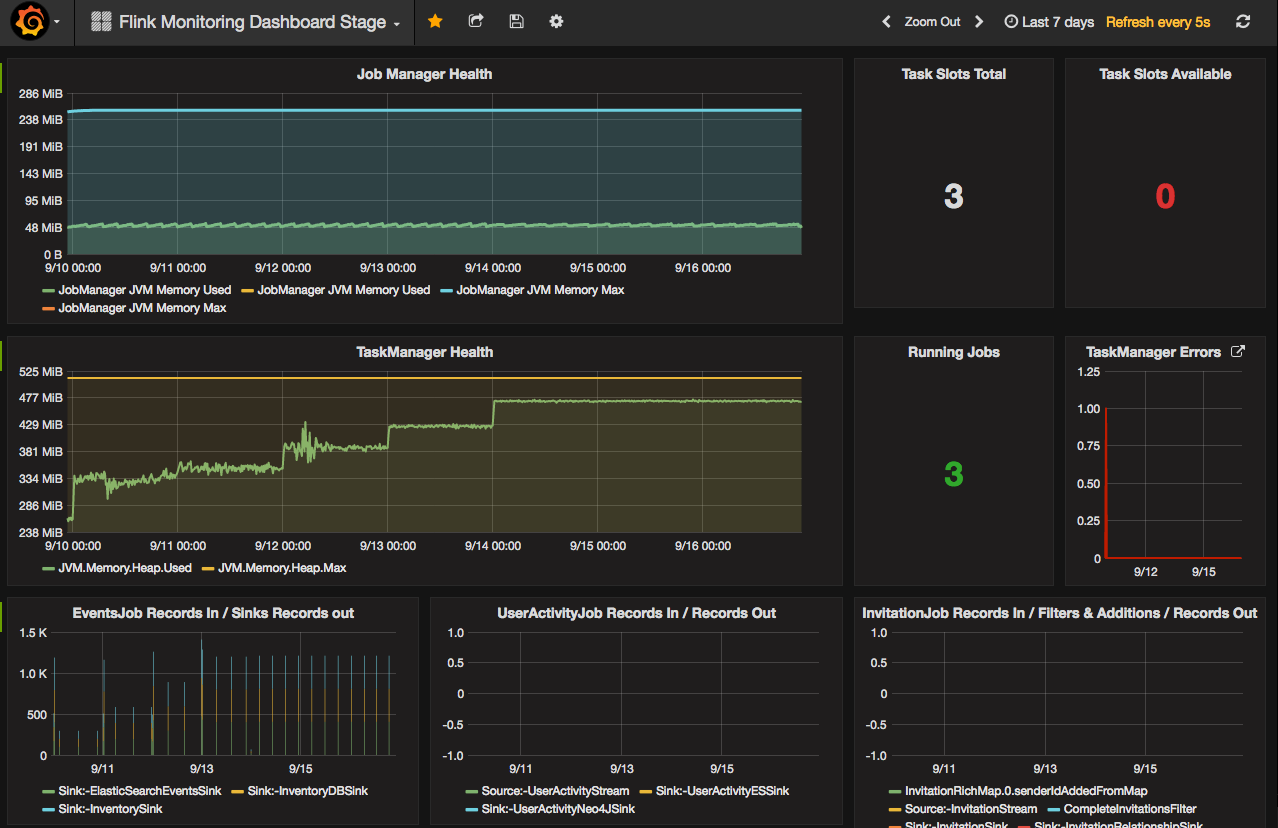

- Appium memory monitor how to#
- Appium memory monitor install#
- Appium memory monitor android#
- Appium memory monitor code#
Appium memory monitor android#
Let’s also look at how it would differ when setting up the capabilities on Android.Ĭaps.setCapability("platformName", "Android") Ĭaps.setCapability("platformVersion", "6.0") Ĭaps.setCapability("deviceName", "Nexus 4") // information obtained from Android Virtual Device ManagerĬaps.setCapability("app", "/Users/test/Downloads/demo_application.apk") ĭriver = new AndroidDriver(new URL(""), caps) Let’s take a look at how the capabilities setup would be on an iOS platform.ĭesiredCapabilities caps = new DesiredCapabilities() Ĭaps.setCapability("platformName", "iOS") Ĭaps.setCapability("platformVersion", "10.1") Ĭaps.setCapability("deviceName", "iPhone 5") // information obtained by executing "instruments -s devices on TerminalĬaps.setCapability("app", "/Users/test/Downloads/demo_application.app") ĭriver = new IOSDriver(new URL(""), caps)

This means that capabilities are in charge of making a test run on one platform or another, on a simulator, emulator or real device of our choosing, as well as several other properties. Let’s recall that the capabilities act as our “settings” and define a number of these so that tests can run accordingly. The first step is to create the Desired Capabilities. With Appium properly installed, I would also highly recommend installing the Appium desktop application, as it will help tremendously in identifying UI elements within our applications, which is very important when trying to interact with them.
Appium memory monitor install#
For an example using npm, installation would be done with the following command: npm install -g appium First off is installing Appium, which can be easily accomplished with the package manager of your preference. However, to run these tests on multiple platforms there are a few things to be taken into consideration - setting up your capabilities properly, for example, which will be discussed later in more detail.
Appium memory monitor code#
What does this mean specifically? That code can then be reused to perform the same tests on different platforms. Since it has the advantage of being cross-platform, it allows for testing of the platforms, applications and mobile browsers to be done using their common API. AppiumĪppium is an open-source testing automation tool used specifically for testing mobile applications and mobile web pages on both iOS and Android platforms.
Appium memory monitor how to#
Now, let’s dig into Appium and show how to put it to good use.

To achieve certainty in this regard, automated tests can be easily built on top of these applications to continuously test their overall features and confirm that the outcome is as expected. Mobile development has become an increasing industry over the past years, whether it’s native or hybrid-based applications, Android or iOS, apps are everywhere and it is very important to ensure that they work as desired. We will discuss why this is the case, where and how we can apply these tests and, as always, integrate these subjects into current development efforts. When it comes to creating mobile automated tests, there is no better option than Appium. In this third and final installment of the automation blog post series, we will cover mobile automation testing, specifically using Appium. In the second post, I explored REST API testing, its importance, how to create tests using Rest-Assured and how to integrate them with your ongoing development efforts. In my first post, I explained a simple three-step process to start any automation testing.


 0 kommentar(er)
0 kommentar(er)
